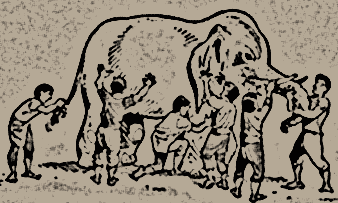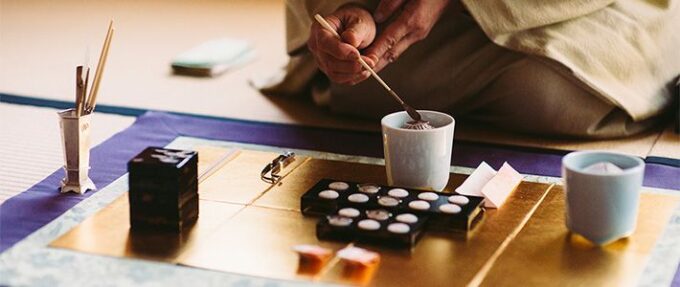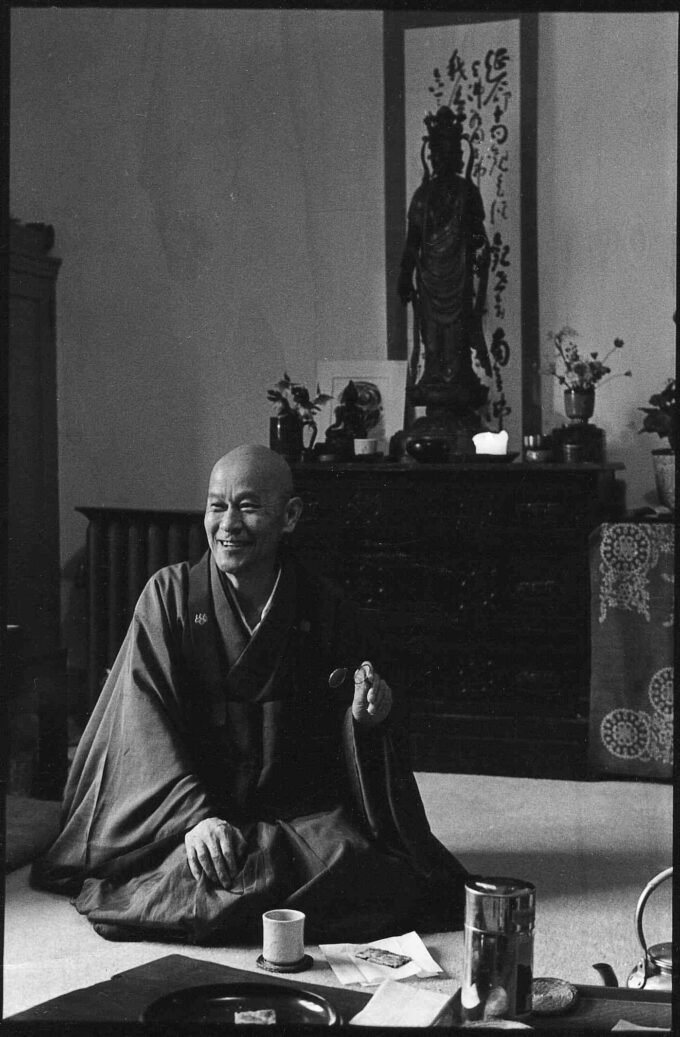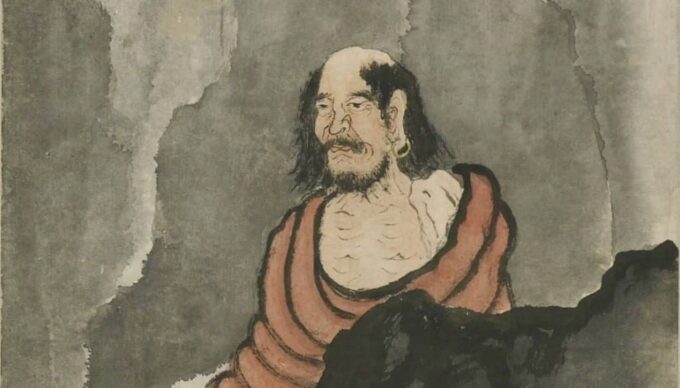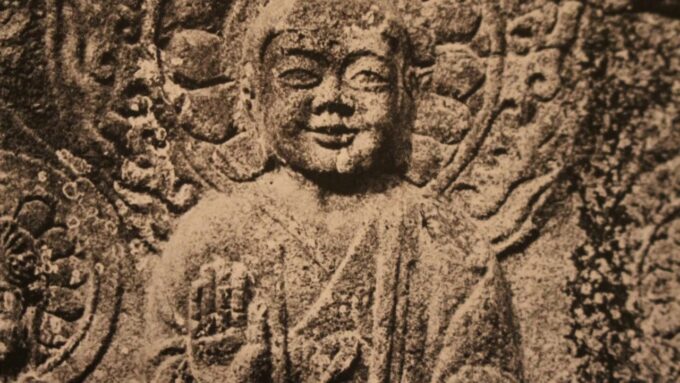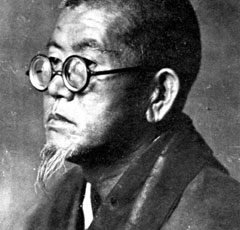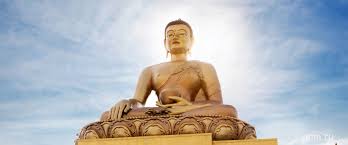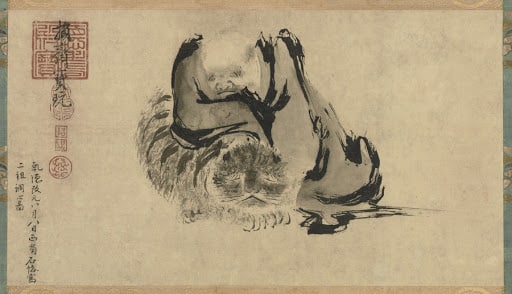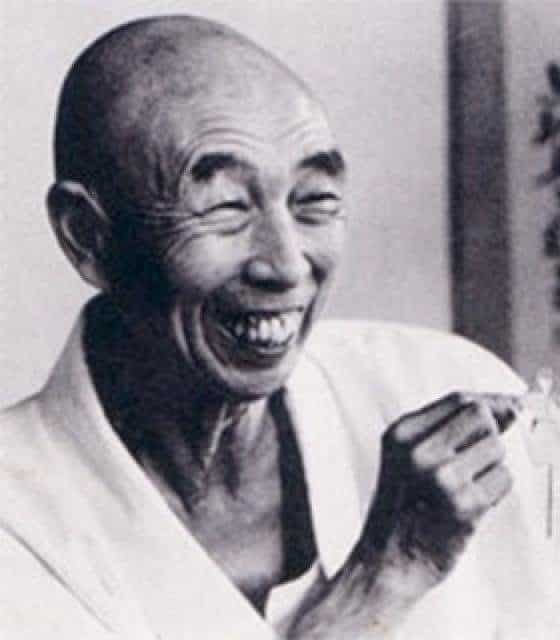Anekāntavāda meaning ”non-absolutism” or “many-sidedness” or ”theory of several assertions” refers to the principles of pluralism and multiplicity of viewpoints, or vantage points. Anekāntavāda represents the idea that reality is perceived …
Kōdō (“Way of Fragrance”) is counted as one of the classical Japanese arts of refinement, along with chadō (“The Way of Tea”), kadō (“The Way of Flowers”) and shodō …
18-th of May 1904, the year of the dragon and the 37th year in the reign of Emperor Meiji, Shunryu Suzuki is born at Shogan-ji temple. Shunryu Suzuki was …
This asanas (postures) can be practised in series, or you can also choose one of them and practice it. If you go through this series, the best is to keep it …
According to The Transmission of Light (‘Denkoroku’) attributed to the 13th century Japanese Zen master Keizan (1268-1325), Bodhidharma (Tamo to the Chinese; Daruma to the Japanese) was born around …
The Laṅkāvatāra Sūtra is one of the most important sutras (sacred texts) of Mahayana Buddhism. According to tradition, these are the actual words of the Buddha as he entered …
Santoka is considered a unique proponent of “free-style” haiku poetry, a mode that abandoned much of the customary form and subject matter of traditional haiku in favor of a …
Bodhisattva is literally a living being (sattva) who aspires to enlightenment (bodhi) and carries out altruistic practices. The term ‘bodhisattva’ literally means ‘one who has enlightenment as his/her essence’, …
Daman Hongren (Hong Ren or Hung-jen) was the well-known disciple of the Fourth Patriarch, Daoxin (Tao-hsin). He was the man history has given the title of Fifth Patriarch of …
by Daitsu Tom Wright* *extract of the book Opening the Hand of Thought by Kōshō Uchiyama Kōshō Uchiyama One of the most challenging teachings of Buddhism and of Kōshō Uchiyama Roshi’s …
